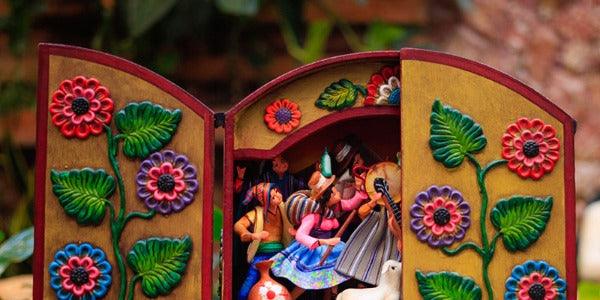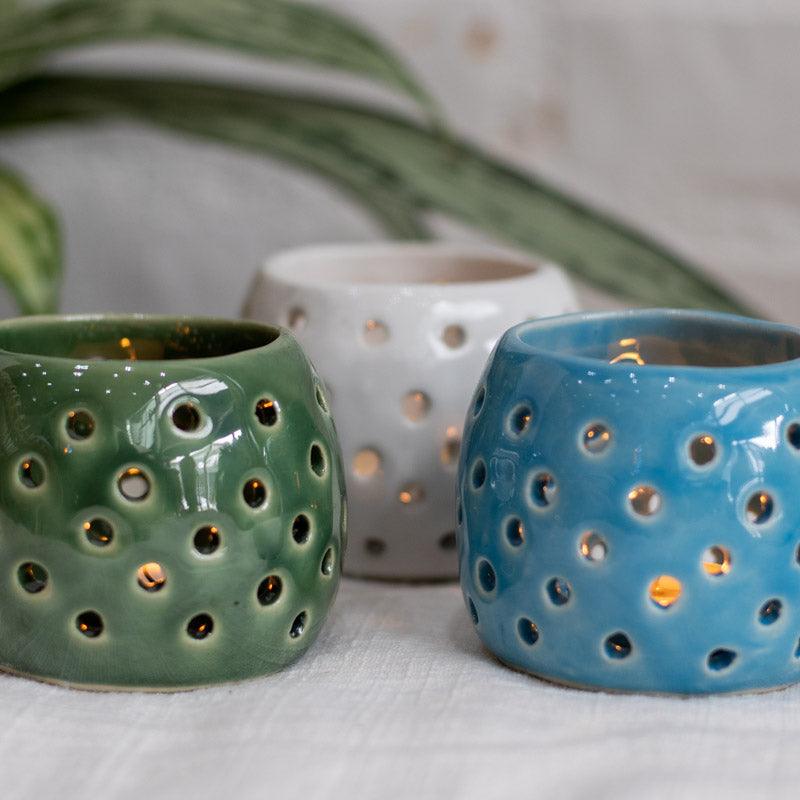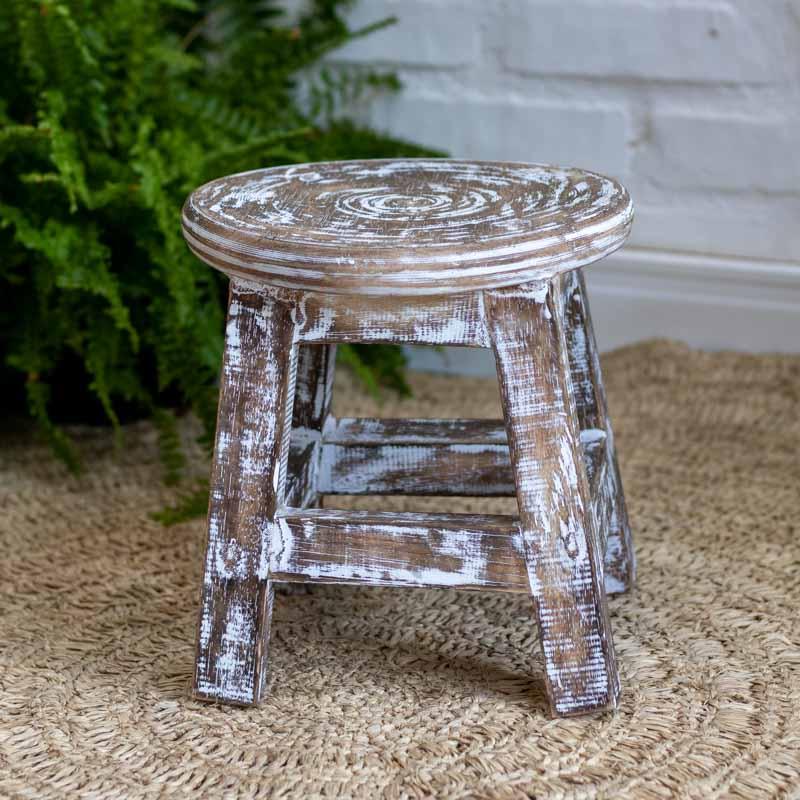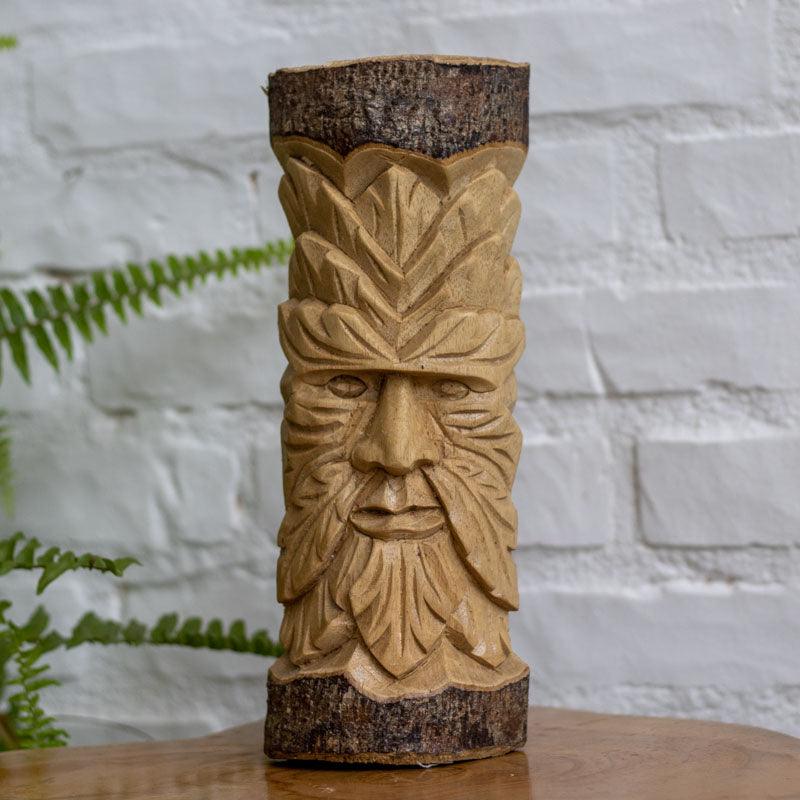Religious passages, everyday scenes and social criticism are portrayed with artistic delicacy by Peruvian artisans in small portable oratories , the famous Andean altarpieces or altarpieces . It is in this popular Peruvian art that the history, traditions and particularities of the culture are displayed to the whole world, transformed into decorations full of art, beauty and value.
The oratory box or transportable oratory as decorative art connects Spanish religious beliefs to the history of resistance of the Andean peoples . It is a way of registering and preserving the values and indigenous culture of the Andes , whose traditions have resisted and gained new forms of expression despite European colonization.

The Peruvian retablo is an art that preserves and values memory and Andean culture.
Throughout its history, inside or outside Andean culture , the altarpiece has been synonymous with strength and faith. The portable altar accompanied knights during the Crusades for worship and protection, and was also present in other battles whose main conflict was religious, such as the Reconquista between the Spanish and the Moors.
It is not surprising that the Conquest of the Inca Empire by the Spaniards and the religious differences between the Indians (considered pagans) and the Christians are also related to the presence of the oratory in the Andes. Priests from Spain introduced Christianity through the images of the altarpiece known as Santero or Capela de Imaginero in the 16th century in order to evangelize the indigenous peoples .

The peculiarities of Peruvian daily life and culture are materialized in the Inca arts.
Altarpiece comes from the Spanish word retablo , a contraction of the Latin retro-tabulum which literally means "behind the table", symbolizing the position in which altars were placed in churches in Spain and Latin America. The first examples used in Christian missions had religious themes such as the creation of the world with Adam and Eve, the Fiesta del Nascimiento (Christmas) or the representation of Santiago ( Saint James ) - patron saint of Spanish warriors.
The custom of worshiping images in the small oratory was maintained by the indigenous Incas and underwent different transformations over time, adapting to local beliefs. The figure of San Marcos, the patron saint of animals, in the Cajón de San Marcos , for example, was later divided into two floors, inspiring the current altarpieces in Ayacucho .

The altarpiece is a themed portable oratory that displays beliefs and festivities such as the Festa Ayacucho .
Altarpiece art was reborn in the 1940s, bringing improved techniques and diverse materials to express, in addition to religious images, customs, Andean legends and testify to everyday conflicts to transform the altarpiece into a decorative art enriched with the popular culture of Peru .
The development of this Inca art is completely handmade and divided into two stages: the manufacture and preparation of the wooden box in the shape of a house with two hatches and stylized relief carvings according to the craftsman's line and the personalization of the figures that illustrate the defined themes, which are carved (or molded) and painted by hand.

A wooden box with hatches and relief carvings structures the Peruvian altarpiece.
Peruvian history was materialized in peasant themes such as the corn harvest, cultural processions such as the Holy Week at the Feast of Ayacucho that mixes Andean folklore and Spanish Christian traditions; or on political themes such as the Sendero Luminoso (guerrilla movement in Peru), Pishtacu ("throat cutter" with a European bearing from the Inca oral tradition) and the Festa de Yawar representing the class struggle with the bull (Spanish high society) and the condor (Inca people).
Daily life, in turn, is sometimes portrayed through "pagan" themes in profane altarpieces such as shamanism with the healer (shaman) making use of natural resources or highlighting the therapeutic power of coca leaves; sometimes for cultural themes such as traditional handicraft shops , textiles, hats and musical instruments .

Andean themed altarpiece " Sale of Sombreros " handcrafted in Peru.
The Andean cultural heritage manifested in “devotional art” or simply “art for art's sake” was also a vehicle for the artistic expression of prestigious artisans who followed the altarpiece family tradition. Names like Joaquín López Antay , who learned the craft from his grandmother, and Nicário Jiménez Quispe , who inherited it from his father and grandfather, stood out on the national scene, raising Peruvian handicrafts to the status of art , making them Cultural Heritage of the Nation .
The small shrines with multicolored floral ornaments that characterize the altarpieces reflect the richness of Andean history and family tradition in the craftsman's work, which is present in the essence of much of Peru's arts , transferring genuine concepts of beauty and value to the environment. that highlight the ethnic decor with personality.

Ayacucho's altarpiece art showcases the richness of Peruvian history and culture.
Understanding the themes that give the altarpieces ' narratives a special tone is a way of getting into Peruvian culture and recognizing the importance of the artistic production of altarpiece artisans in Peru , who both in the collective imagination and in interior decoration find ways to spread Inca traditions and bring more meaning to everyday life.
Access our virtual store and be enchanted by the wealth of details of this and other Andean ethnic arts !
Namaste!
Milene Sousa - Art & Tune











1 comment
Boa tarde,
Vocês tem disponível o Retablo peruano – Oratório de madeira da cultura andina?